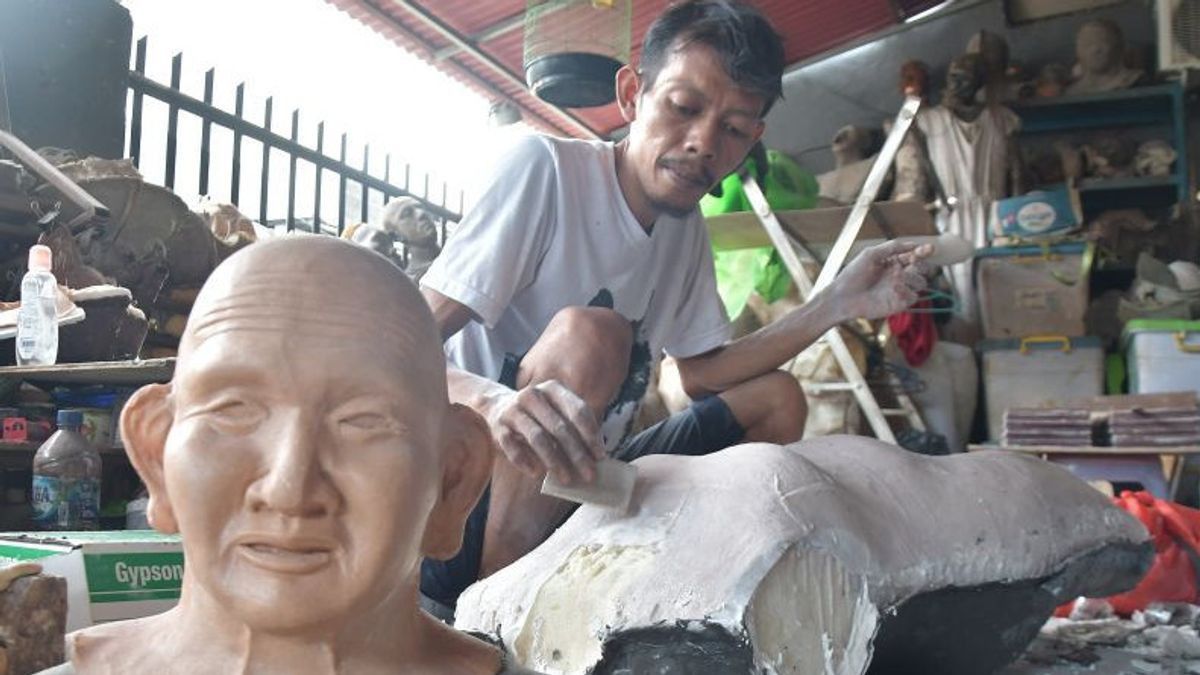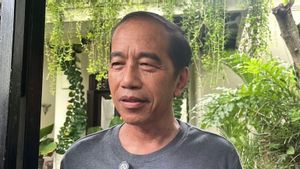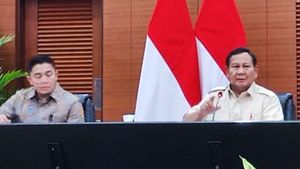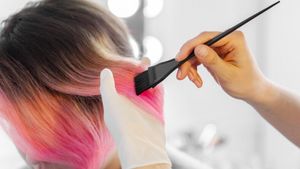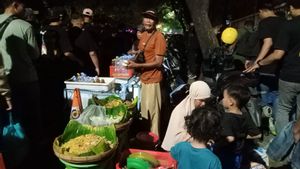YOGYAKARTA The handicraft industry is one of the creative industry sub-sectors that has a major contribution to the national economy. Based on data from the Ministry of Industry, the export performance of Indonesian handicrafts in January-September 2022 reached US$ 725.54 million or around Rp. 10.64 trillion. This figure is up 6.94 percent compared to the same period in the previous year which amounted to 678.42 million US dollars.
As for handicraft IKM products that are often exported, such as automotive miniatures, pillowcases, printed and ukir calligraphies, batik, stone metal crafts and various other natural materials.
Well, for handicraft entrepreneurs who want to target the export market, they must pay attention to the tips for exporting handicrafts distributed by the Indonesian Export Financing Agency (LPEI).
Quoted by VOI from Kompas, Monday, January 30, 2023, here are tips for exporting handicrafts from LPEI:
Crypton business actors who want to target the country's broad market must have unique products or prioritize the characteristics of certain areas.
If the products offered do not have uniqueness, buyers in overseas markets will be less interested because they can get similar products even at lower prices.
One of the things that can increase the value of handicraft products is the narrative of goods being sold.
The narrative of handycraft products can tell about the manufacturing process, raw materials, historical performances made by handicrafts sold.
Through the narrative, consumers will know that the products they are selling have more value than other handicraft products.
However, narrating products is not an easy thing. Good writing skills are needed to be able to create a product narrative that you want to sell.
Just so you know, overseas consumers are very concerned with raw materials and the product manufacturing process. They really pay attention to business processes and the use of raw materials that do not harm nature and humans.
This limit needs to be known by handicraft entrepreneurs who want to target the export market, so that handycraft products sold abroad can be easily accepted by consumers.
"The handycraft producer in producing it must be with acceptable principles, for example, that the employees are not underage. Then use wood that already has a certificate, and so on," said Riyani Tirtoso, Executive Director of the Indonesian Export Financing Agency (LPEI).
The last tip of handicraft exports is to follow the market trend. This is intended so that exported products can sell according to market wishes.
In this regard, LPEI has a research team looking for information about export market trends. The results of research conducted by LPEI will be distributed to handicraft business actors who have partnered with the Indonesian Export Financing Agency
That's information about tips on exports of handicrafts from LPEI. Hopefully it will be useful!
The English, Chinese, Japanese, Arabic, and French versions are automatically generated by the AI. So there may still be inaccuracies in translating, please always see Indonesian as our main language. (system supported by DigitalSiber.id)
